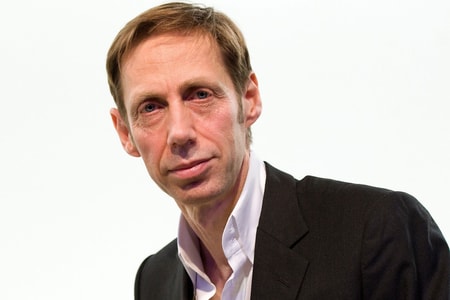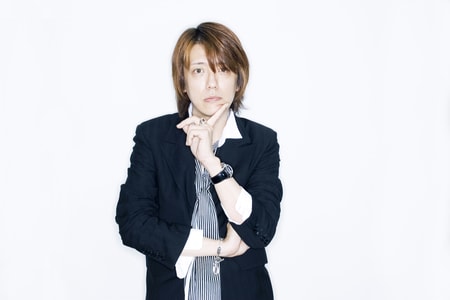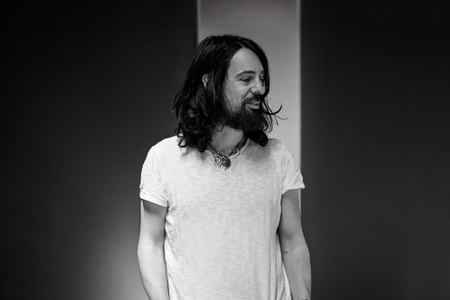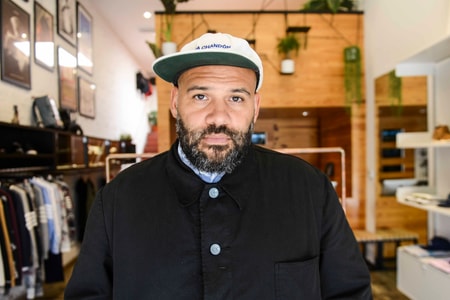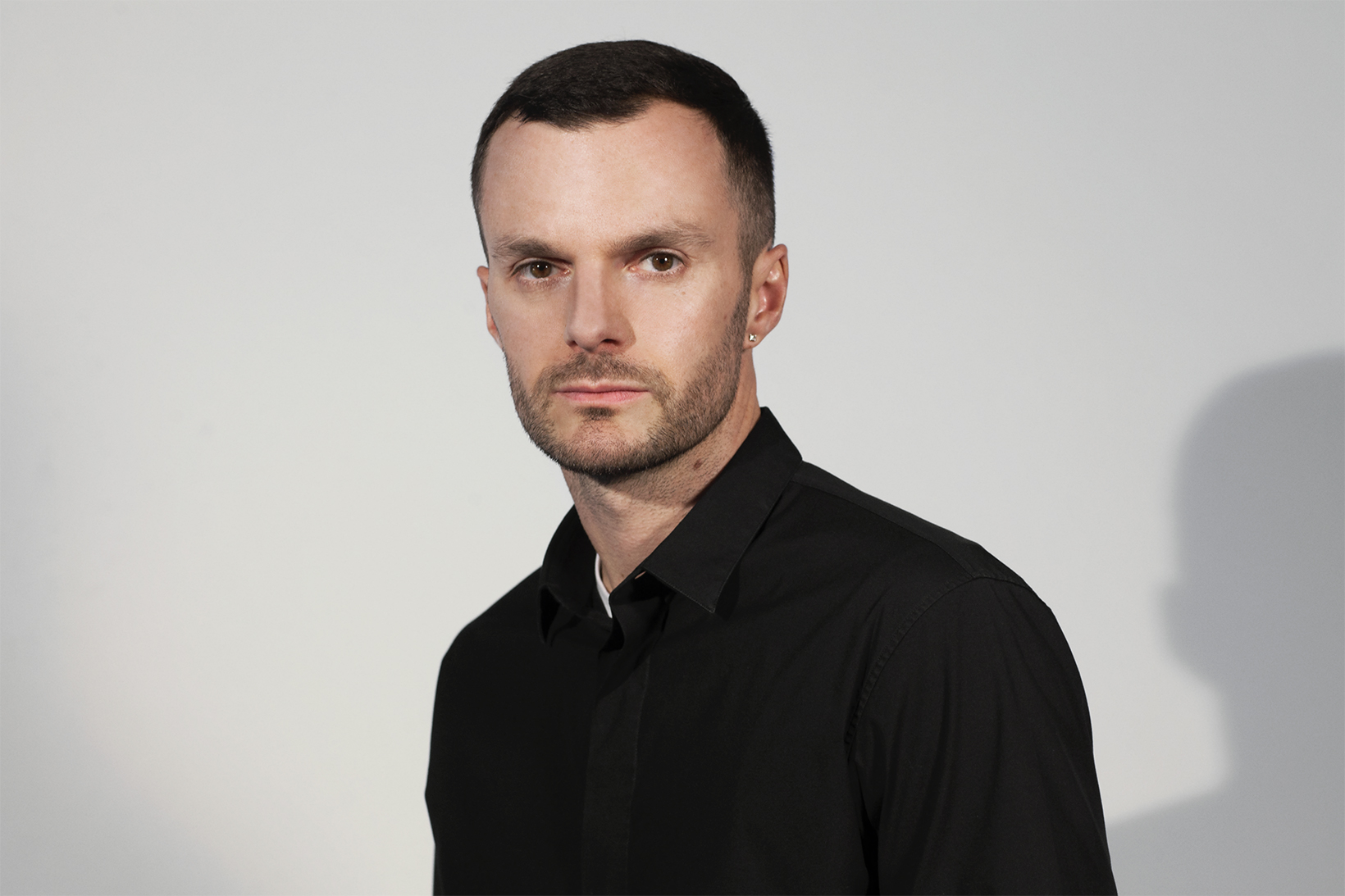
You’ve been working in men’s fashion for almost two decades—what are some of the biggest shifts you’ve witnessed within the realm? How do you feel streetwear has played a role?
I started working in menswear in the late ‘90s and Men’s Fashion Week was basically not a big deal. Only a few brands were making real statements. Things have changed a lot and I believe we have reached the point where there is absolutely no longer a difference between women and menswear, when it comes down to creativity and demand. For my first KRISVANASSCHE show in January 2005, I made a hybrid take on the suit with fitted jackets and oversized baggy multi-pocket trousers, and worn-on sneakers. Mixing in streetwear within luxury was never a question to me.
How have shifts in menswear influenced or taken a role in your creative direction?
I guess today, I feel like the line between street and luxury has blurred so much that I feel a necessity to point out what differentiates us, to show how and where we are fundamentally very different. I enjoy that difference and complementarity, as I feel contrast is always stimulating and inspiring. This is why, for my Summer ‘18 show at Dior Homme, I made a big statement on the Ateliers.
This year marks 10 years of your tenure at the helm of Dior Homme. Since taking on the role, what have been the biggest challenges you’ve faced? What have been your biggest learnings?
The brand is constantly growing and evolving, which is exciting, of course, but also very challenging. Keeping luxury relevant is definitely a key challenge.
The fashion industry has experienced ups and downs in recent years. What do you think about the current state of the industry and what do you see as one of the biggest issues facing the industry today?
I am surprised to see to what extent some brands have ‘slowed down’ on their menswear collections. It feels like a “turn back in time” where menswear was considered an accessory to the bigger women’s collections. I am happy to say this is not the case at Dior Homme.
I am surprised because it took some time for men’s to catch up with women’s, and I thought it was stated. It appears not to be so, while I see a whole generation of boys who are as—if not more—interested in fashion than the girls their age.
You set your own label aside to focus on Dior Homme. Is bringing back the brand something you hope to do down the line? What are your short-term and long-term goals?
Bringing back my label is definitely not off the table. It would have to be within the right conditions that would allow me to develop my collections according to today’s reality and needs. I feel no creative frustration at Dior Homme, so there is no need to rush things, but I am definitely open to the idea, as I am open as well to the idea of taking on womenswear again, which I did a few seasons at my label.
What has been your highlight of 2017?
On April 1st, my team surprised me with a 10-year celebration party here at Dior Homme. That was definitely a highlight!





